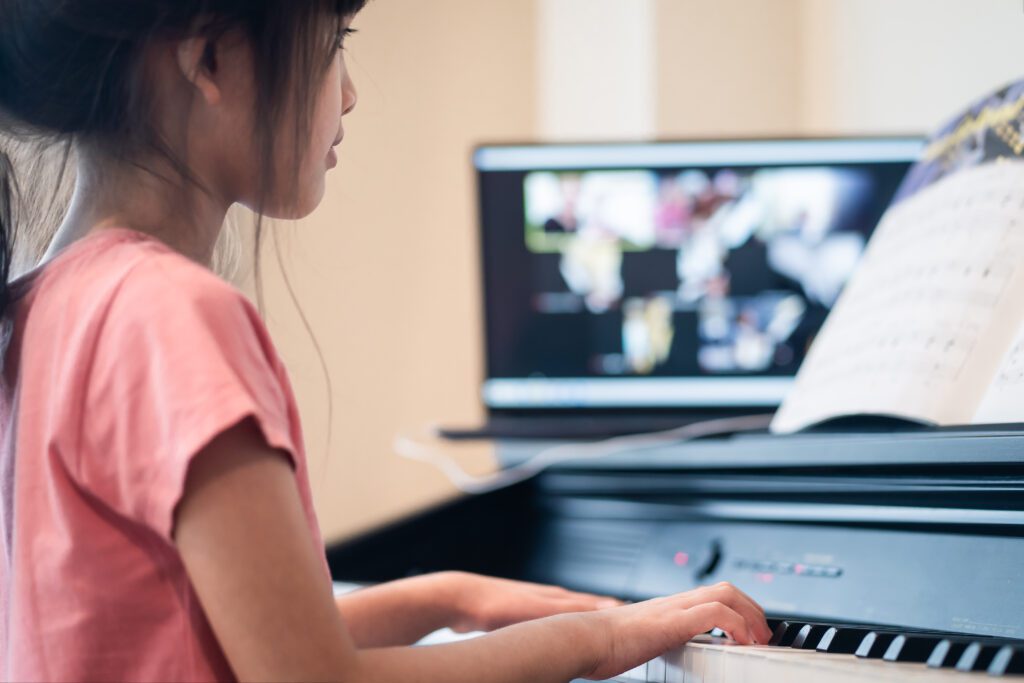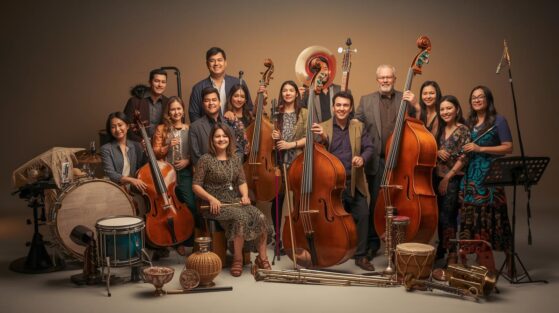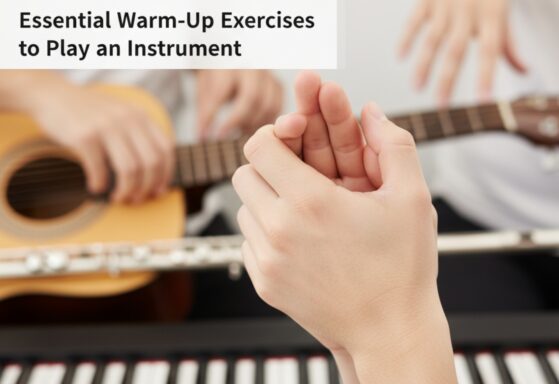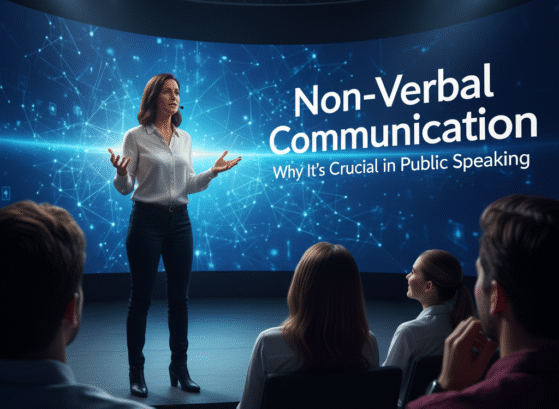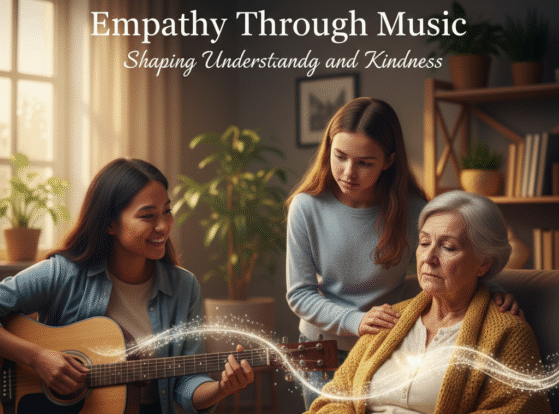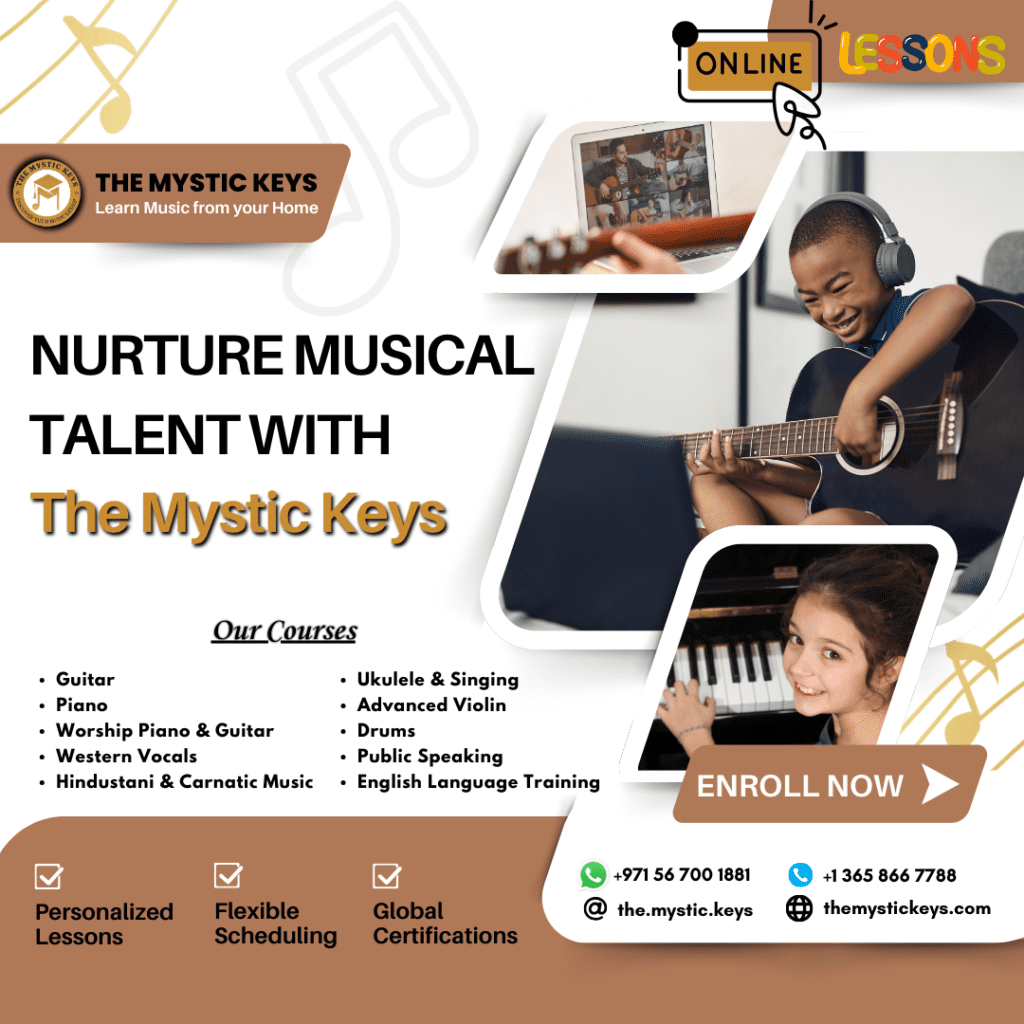Why Interactive Music Courses Are More Effective
Music education has evolved significantly with advancements in technology. Interactive Music Courses Are More Effective, such as textbook learning and passive video tutorials, lack engagement and real-time interaction. This is where interactive music courses stand out.
Interactive music courses combine technology, live engagement, and hands-on practice, creating a more immersive and effective learning experience. But what makes them so powerful? In this blog, we’ll explore the benefits of interactive music courses and why they are more effective than traditional learning methods.
1. Real-Time Feedback for Faster Improvement

One of the biggest advantages of interactive music courses is instant feedback. Unlike pre-recorded lessons, where students must wait for corrections, interactive platforms provide:
- Live teacher feedback during lessons.
- AI-powered assessment tools that analyze pitch, rhythm, and technique.
- Personalized recommendations for improvement.
This real-time guidance helps students correct mistakes immediately, accelerating their learning process and building confidence.
2. Engaging and Hands-On Learning Experience

Traditional lessons often focus on theory before practice, making it difficult for students to stay engaged. Interactive courses, on the other hand, emphasize:
- Gamified exercises that make learning fun.
- Hands-on activities that encourage immediate application of concepts.
- Interactive quizzes and challenges to test knowledge in a dynamic way.
This active participation keeps students engaged and motivated, leading to better retention and faster progress.
3. Personalized Learning Paths
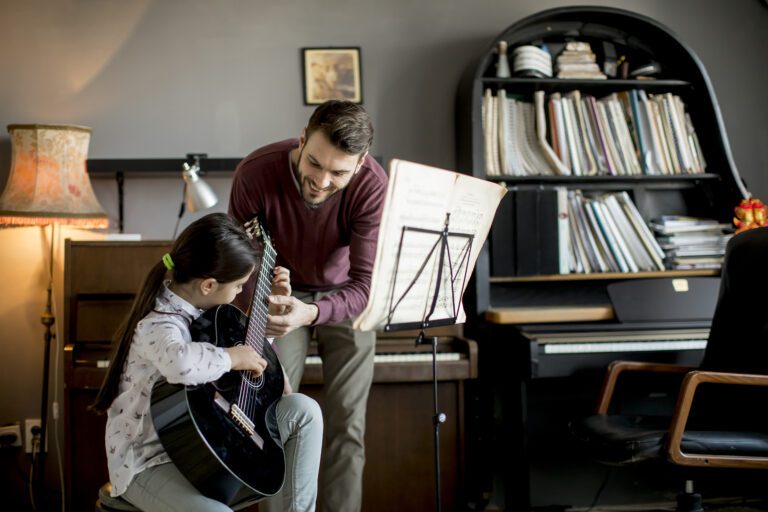
Every student learns differently. Interactive music courses use adaptive technology to tailor lessons to individual needs. Benefits include:
- Customized lesson plans based on skill level and progress.
- Self-paced learning, allowing students to focus on areas they find challenging.
- Adjustable difficulty levels to match personal growth.
This personalized approach ensures that students stay challenged but not overwhelmed, leading to a more effective learning experience.
4. Increased Student Engagement Through Multimedia

Static music theory books can feel dull and uninspiring. Interactive courses integrate various forms of media, such as:
- Video demonstrations for visual learners.
- Audio playback features for ear training.
- Virtual instrument simulations for hands-on practice.
By catering to different learning styles, interactive courses make complex concepts easier to grasp.
5. Immediate Application Through Interactive Tools
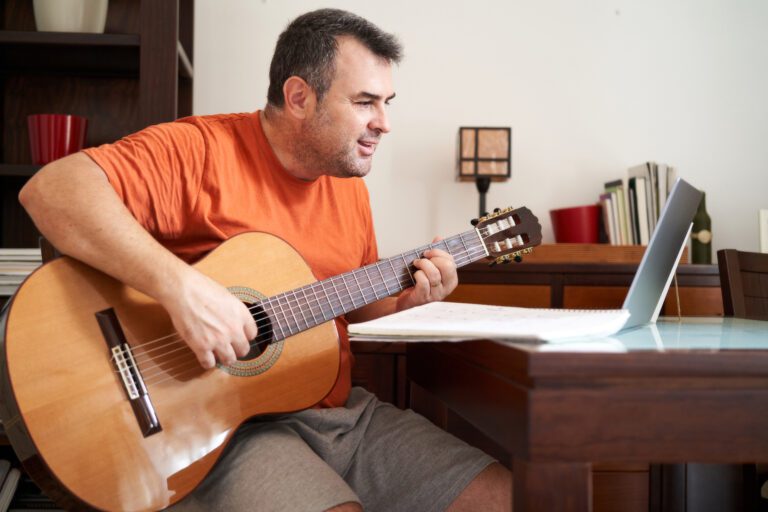
Instead of just learning about music, interactive courses immerse students in the process. Features like:
- Backing tracks for real-time practice.
- Virtual jam sessions with AI or real musicians.
- Drag-and-drop music composition exercises.
These tools allow students to apply what they’ve learned instantly, reinforcing concepts through active participation.
6. Collaborative and Social Learning

Learning music in isolation can be demotivating. Interactive courses foster a sense of community through:
- Live group lessons and virtual classrooms.
- Discussion forums and student groups.
- Peer feedback and collaborative projects.
This social interaction encourages accountability, motivation, and shared learning experiences—key factors in long-term success.
7. Flexibility and Convenience

Unlike traditional music classes that require fixed schedules and commuting, interactive music courses offer:
- On-demand lessons available anytime, anywhere.
- The ability to pause, rewind, and revisit lessons.
- Self-paced progress tracking.
This flexibility allows students to learn at their own pace, making music education accessible for busy individuals.
8. Cost-Effective Learning

Interactive music courses often cost less than in-person lessons while providing:
- High-quality instruction from expert teachers.
- Access to a vast library of lessons and resources.
- No additional expenses for travel or materials.
This makes interactive learning a budget-friendly option for aspiring musicians.
9. Better Retention Through Active Participation
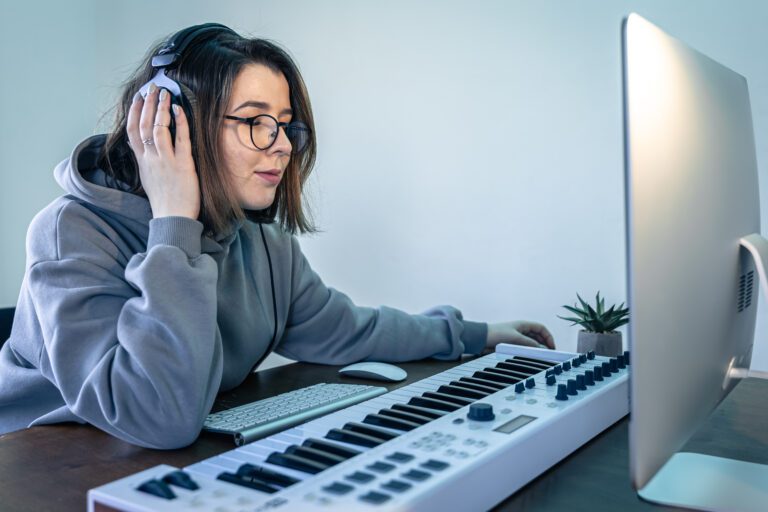
Studies show that people retain 90% of what they learn through active participation, compared to only 10% from reading or lectures. Interactive courses incorporate:
- Hands-on exercises to reinforce learning.
- Instant corrections to prevent bad habits.
- Interactive challenges that require critical thinking.
This ensures that students understand and remember what they learn, making progress more permanent and effective.
10. Preparing for Real-World Music Performance

Many students aim to perform live, but traditional lessons don’t always prepare them for real-world challenges. Interactive music courses:
- Simulate live performance scenarios through virtual concerts.
- Offer stage confidence training with real-time feedback.
- Provide interactive ear training and improvisation drills.
These features ensure that students are ready for performances, competitions, and professional gigs.
Conclusion
Interactive music courses bridge the gap between theory and practice, making music education more engaging, personalized, and effective than ever before.
Key Takeaways:
- Real-time feedback enhances learning speed.
- Gamification and hands-on exercises keep students engaged.
- Personalized learning paths cater to individual needs.
- Multimedia tools support different learning styles.
- Social learning opportunities encourage collaboration.
- Flexible and cost-effective learning makes music education accessible.
- Better retention through active participation ensures long-term success.
- Performance simulation features prepare students for real-world applications.
At The Mystic Keys, we offer highly interactive, one-on-one music courses designed to help students learn faster, retain more, and gain confidence in their musical abilities. Ready to experience the future of music learning? Enroll today!


